The Anasazi civilization, sometimes also referred to as the Ancestral Puebloans, is one of the most fascinating and mysterious ancient civilizations in North America. These people lived in the southwestern part of the United States from roughly the 1st century AD to the 13th century AD, and left behind a rich legacy of artifacts, architecture, and artwork. Yet, despite decades of research and exploration, much about their society remains a mystery. From the construction of their cliff dwellings to their intricate pottery designs and religious beliefs, there is much to be learned about the Anasazi. In this article, we will delve into the secrets of this ancient civilization and uncover what we know about their way of life, as well as explore the many mysteries that still surround them.
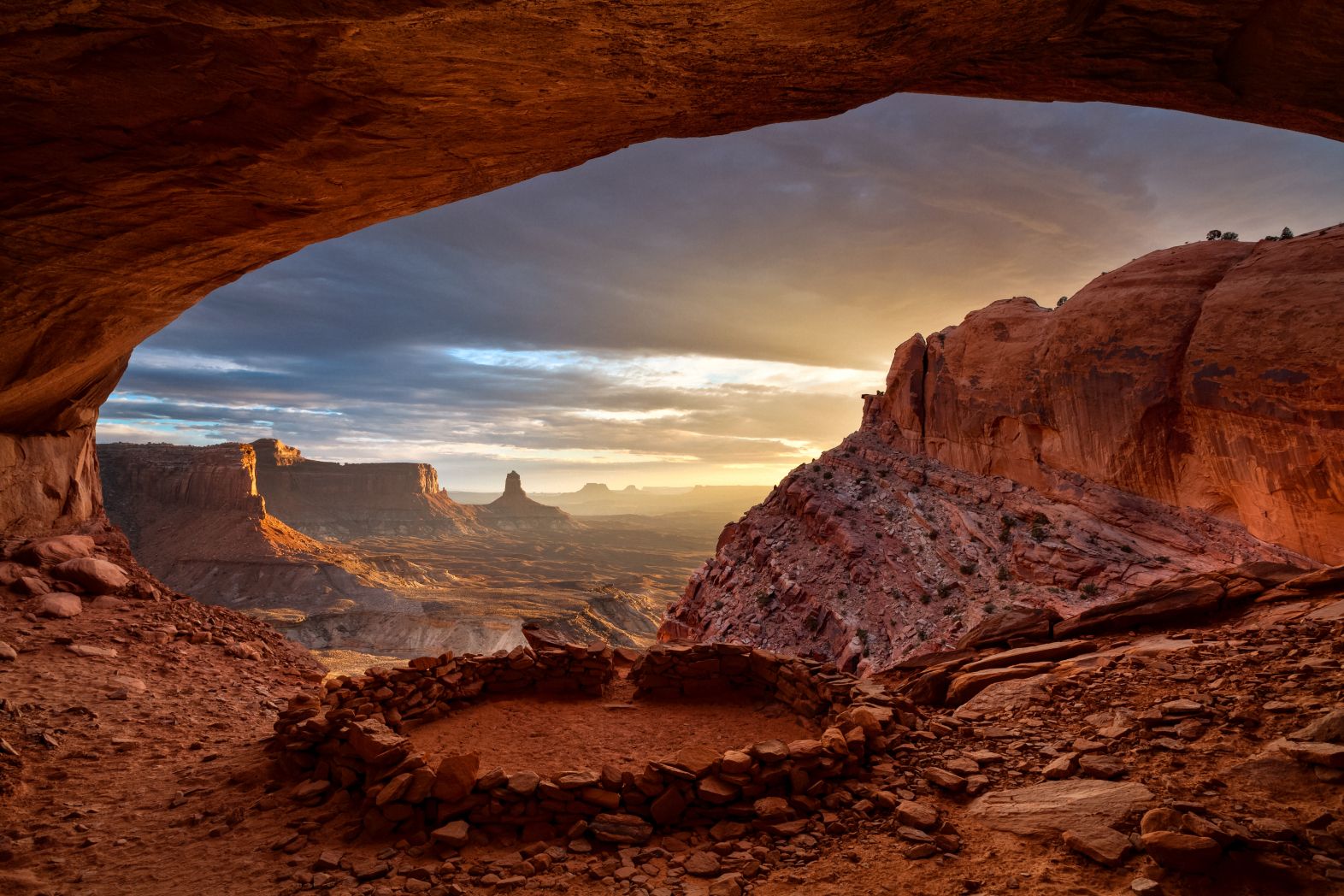
The origin: who were the Anasazi?
The Anasazi are a mysterious ancient civilization that once inhabited the American Southwest. They lived in the area that is now known as the Four Corners region of the United States, which includes parts of Arizona, New Mexico, Colorado, and Utah. Some believe the history of the Anasazi began between 6500 and 1500 BC in what is known as the Archaic period. It marks the pre-Anasazi culture, with the arrival of small groups of desert nomads in the Four Corners region. They are believed to have lived in this region for over a thousand years, from approximately 100 AD to 1300 AD.
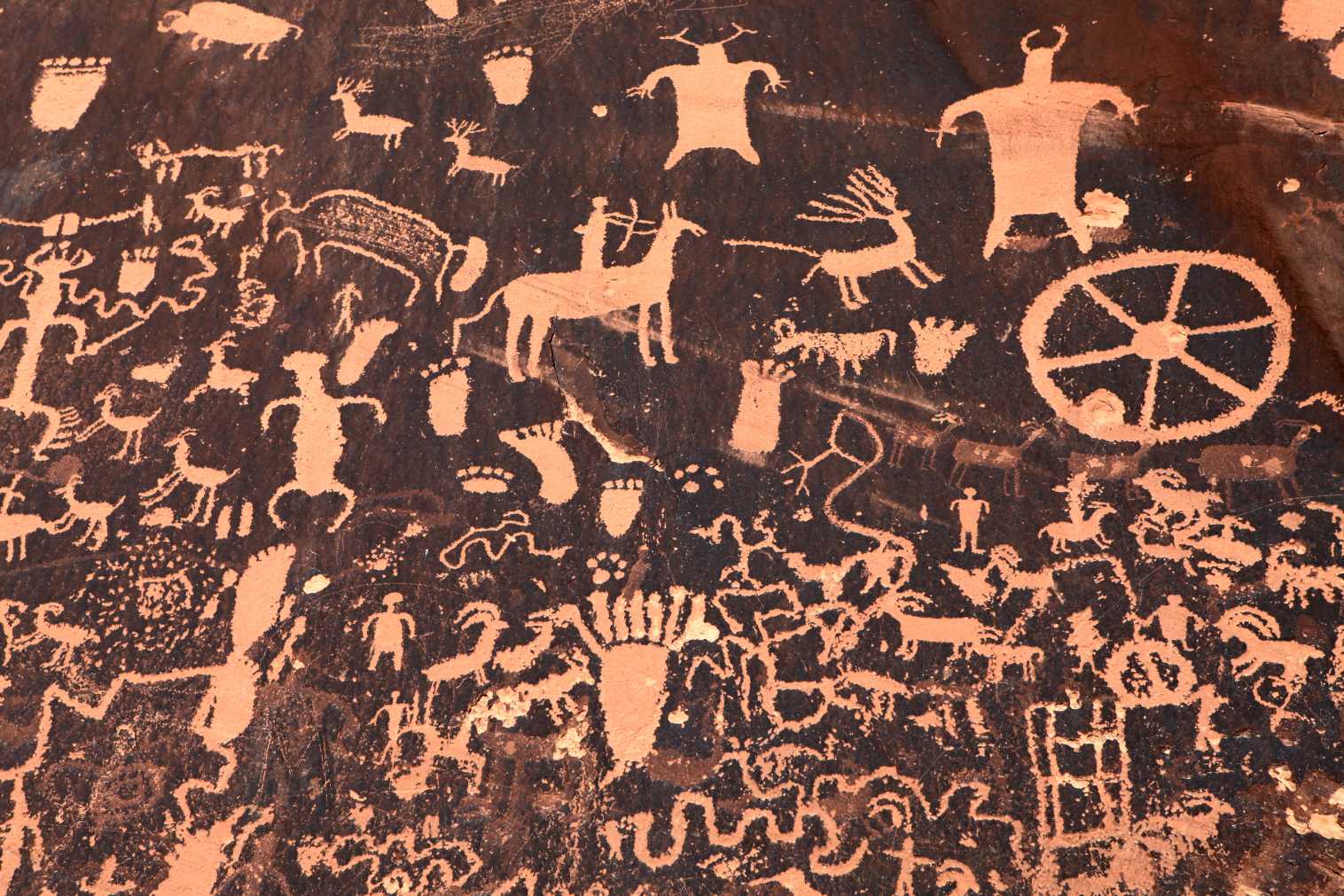
The word “Anasazi” is a Navajo word that means “ancient ones” or “ancient enemies,” and it was not the name that this people referred to themselves as. The Anasazi were known for their unique and advanced culture, which included impressive feats of architecture, pottery, and agriculture. They built elaborate cliff dwellings and pueblos that still stand today as a testament to their skill and ingenuity.
The Anasazi cliff dwellings: how they were built?
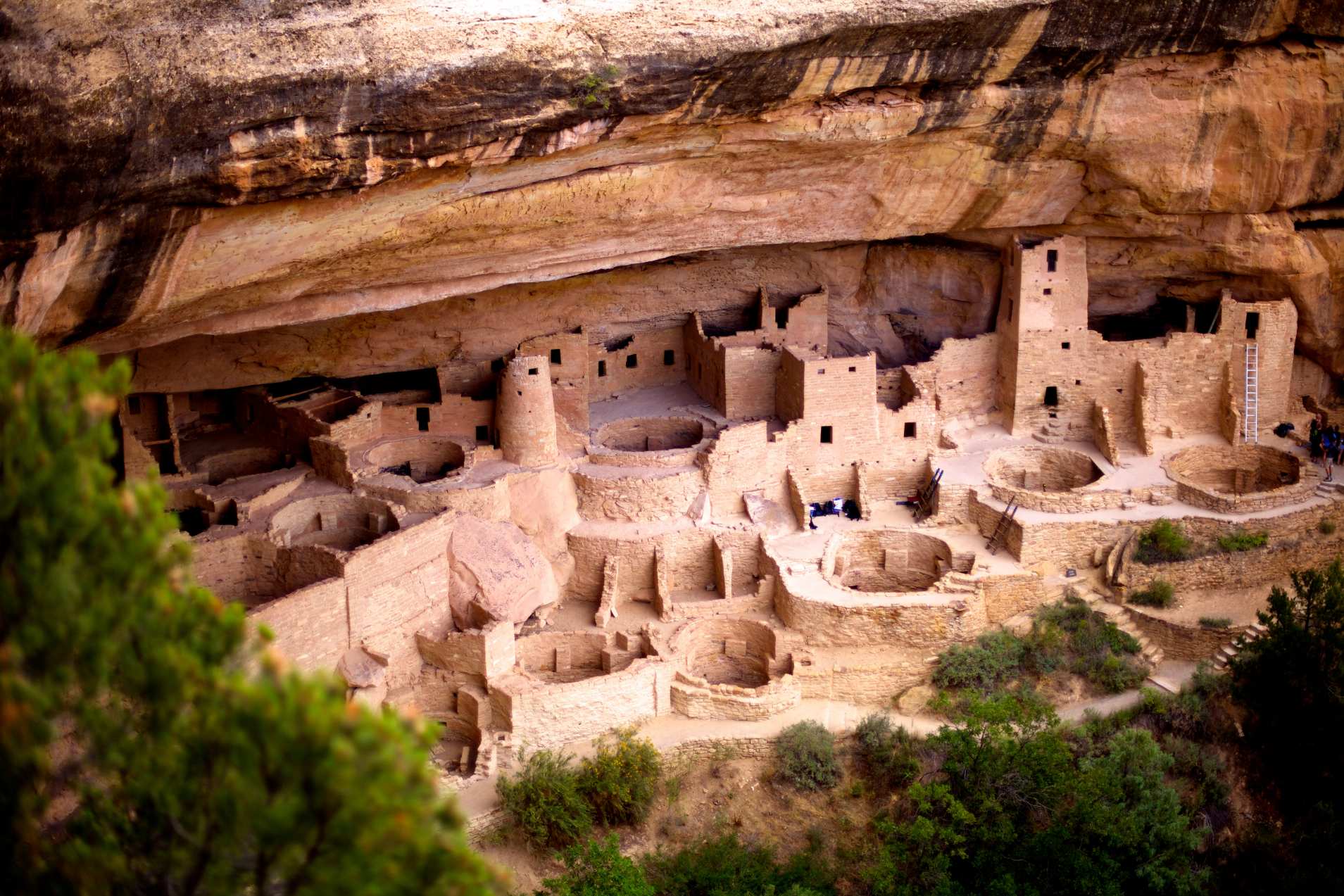
The Anasazi cliff dwellings are some of the most fascinating historical structures in the world. These ancient dwellings were constructed by the Anasazi people over a thousand years ago, and they are still standing to this day. The Anasazi cliff dwellings were built in the southwestern region of North America, primarily in what is now known as the Four Corners region. The Anasazi people built these dwellings out of sandstone and other natural materials that were readily available in the area.
The cliff dwellings were built into the sides of steep cliffs, providing protection from the elements and predators. The Anasazi people used a combination of natural formations and man-made materials to construct these dwellings. They carved out rooms in the rock, used mud and straw to reinforce and plaster the walls, and built roofs using wooden beams and other natural materials. The construction of these cliff dwellings was a marvel of engineering and innovation for its time, and it continues to fascinate historians and archaeologists to this day. The Anasazi cliff dwellings are not only remarkable for their construction but also for their historical significance.
These dwellings provided shelter, protection, and a sense of community for the Anasazi people who lived in them. They were also important cultural and religious sites for the Anasazi people, and many of them contain intricate carvings and other symbols that provide insight into the ancient civilization’s beliefs and practices. Today, visitors can explore many of these cliff dwellings and gain a deeper understanding of the Anasazi people and their way of life. These structures continue to inspire and intrigue people from all over the world, and they stand as an evidential specimen to the ingenuity and resourcefulness of the Anasazi civilization.
The unique creations of the Anasazi
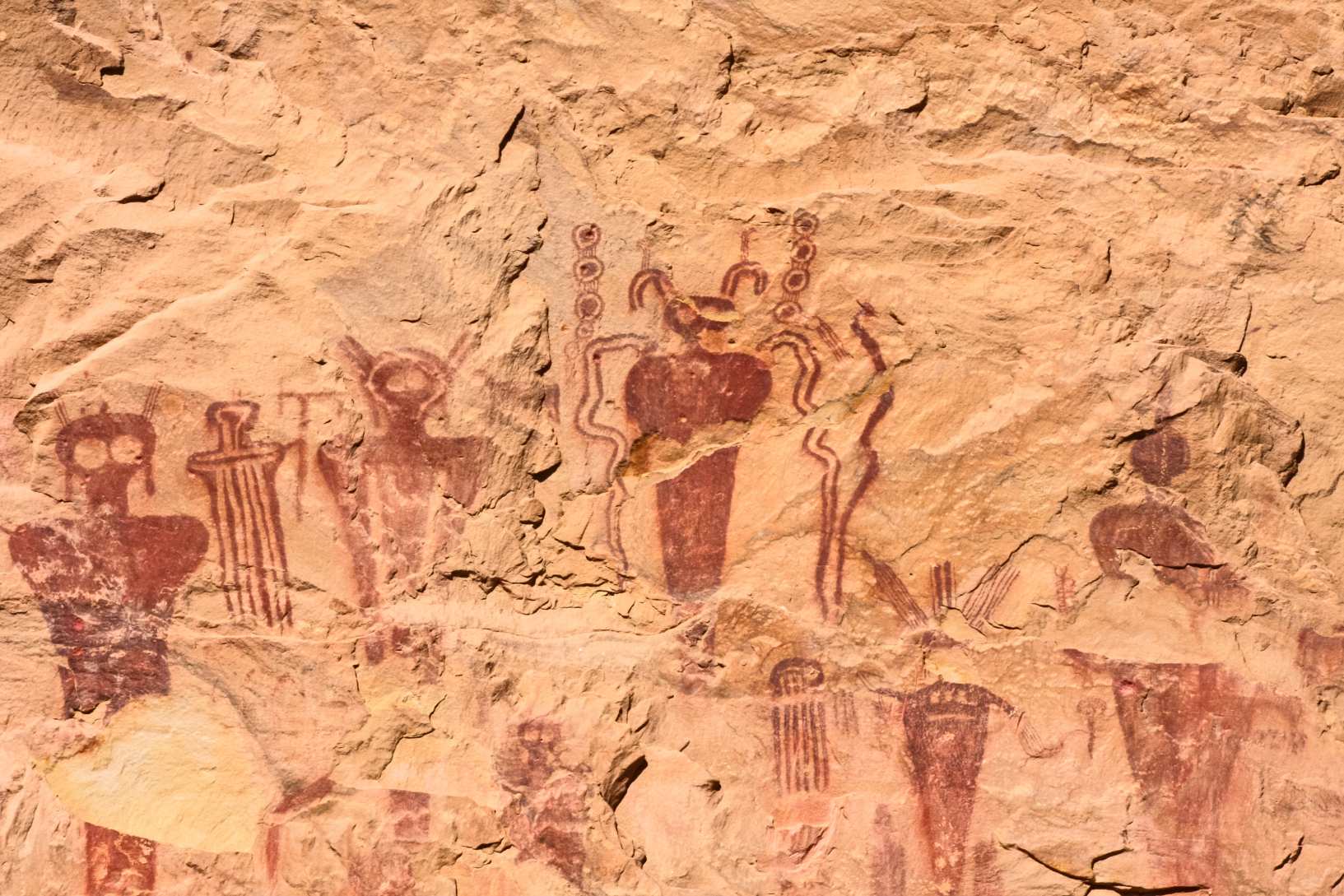
The Anasazi people made their appearance as a tribe atleast around the year 1500 BC. Their knowledge and skills in the field of astronomy were impressive, as they built an observatory to observe and understand the stars. They also developed a special calendar for their daily and religious activities, taking into consideration the celestial events they observed. Moreover, they built an intricate road system, indicating their advanced skills in construction and navigation. Their dwellings, on the other hand, contained a centralized hole in the floor, which they regarded as an entrance from the underworld or third world, into the fourth world or present Earth. These remarkable features demonstrate the unique culture and intelligence of the Anasazi tribe.
The art and pottery of the Anasazi
Another of the most fascinating aspects of the Anasazi culture was their art and pottery. The Anasazi were skilled artists, and their pottery is some of the most beautiful and intricate ever created. Anasazi pottery was made by hand, and each piece was unique. They used a variety of techniques to create their pottery, including coiling, pinching, and scraping. They also used natural materials to create the colors in their pottery. For example, they used red clay mixed with ground hematite to create a deep red color.
Anasazi pottery was more than just a functional object; it was also a way for the Anasazi to express themselves artistically. They often used symbols in their pottery that had religious or spiritual significance. For example, they used images of animals, such as owls and eagles, which were believed to have special powers. They also used geometric shapes, such as spirals and triangles, which represented the cycles of life and nature. The art and pottery of the Anasazi reveal a great deal about their culture and their way of life. They were a people who valued beauty and creativity, and they used their art to express their beliefs and spiritual practices. Today, Anasazi pottery is highly prized by collectors and is considered one of the most significant contributions to Native American art.
The religious beliefs of the Anasazi
Though the Anasazi people were known for their incredible architectures and impressive arts, they are perhaps also most famous for their religious beliefs. The Anasazi believed in a complex system of gods and goddesses that were responsible for the world around them. They believed that everything in the world had a spirit, and they worked hard to keep these spirits happy. They believed that if they didn’t keep the spirits happy, then bad things would happen to them. This led to the creation of many rituals and ceremonies that were designed to appease the gods and goddesses.
One of the most notable religious sites of the Anasazi is Chaco Canyon. This site contains a series of buildings that were built in a complex geometric pattern. It is believed that these buildings were used for religious purposes and were part of a larger system of religious beliefs. The Anasazi were a fascinating civilization that had a complex and deeply held set of religious beliefs. By examining their religious practices, we can begin to understand more about this ancient civilization and the secrets that they held.
The mysterious disappearance of the Anasazi
The Anasazi civilization is a fascinating and mysterious culture that has puzzled historians for centuries. They developed their incredible architecture, complex road systems, impressive arts and cultures, and the unique way of life, however, around 1300 AD, the Anasazi civilization abruptly disappeared from history, leaving behind only their ruins and artifacts. The disappearance of the Anasazi is one of the greatest mysteries in North American archaeology. Despite the many fascinating theories, including the extraterrestrial involvement, that have been put forward, no one knows for sure why the Anasazi vanished.
Some researchers believe that they were forced to leave due to environmental factors such as drought or famine. Others believe that they migrated to other areas, possibly as far away as South America. Still, others believe that they were wiped out by war or disease. One of the most interesting theories is that the Anasazi were a victim of their own success. Some researchers believe that the Anasazi’s advanced irrigation systems caused them to overuse the land and deplete their resources, and then climate change ultimately led to their downfall.
Others believe that the Anasazi may have been victims of their own religious or political beliefs. Despite the many theories, the disappearance of the Anasazi remains a mystery. What we do know is that the Anasazi left behind a rich cultural legacy that continues to intrigue and inspire us today. Through their art, architecture, and pottery, we can catch a glimpse into a world long gone but not forgotten.
Are modern Puebloans descendants of the Anasazi?
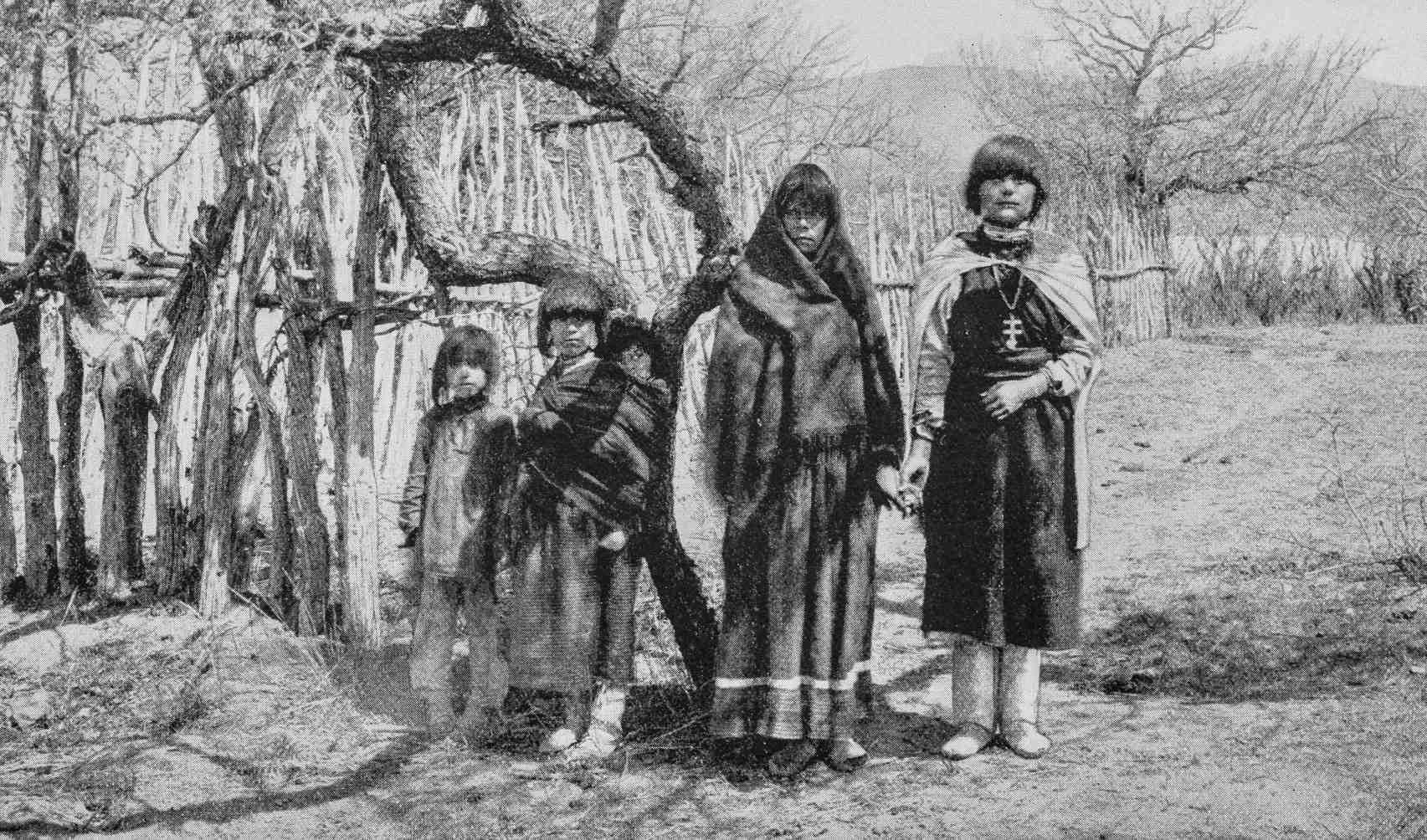
The Puebloans, or Pueblo peoples, are Native Americans in the Southwestern United States who share common agricultural, material, and religious practices. Among the currently inhabited Pueblos, Taos, San Ildefonso, Acoma, Zuni, and Hopi are some of the best-known. Pueblo people speak languages from four different language families, and each Pueblo is further divided culturally by kinship systems and agricultural practices, although all cultivate varieties of maize.
Ancestral Puebloan culture has been divided into three main areas or branches, based on geographical location:
- Chaco Canyon (northwest New Mexico)
- Kayenta (northeast Arizona)
- Northern San Juan (Mesa Verde and Hovenweep National Monument – southwest Colorado and southeastern Utah)
Modern Pueblo oral traditions hold that the Ancestral Puebloans originated from sipapu, where they emerged from the underworld. For unknown ages, they were led by chiefs and guided by spirits as they completed vast migrations throughout the continent of North America. They settled first in the Ancestral Puebloan areas for a few hundred years before moving to their present locations.
Therefore, it’s very clear that the Pueblo peoples have lived in the American Southwest for millennia and descend from Ancestral Pueblo peoples. On the other hand, the term Anasazi is sometimes used to refer to ancestral Pueblo people, but it is now largely avoided. Because Anasazi is a Navajo word that means Ancient Ones or Ancient Enemy, hence Pueblo peoples’ rejection of it.
Conclusion
In conclusion, the Anasazi were a unique, advanced and enigmatic civilization that left behind many intriguing and impressive feats of architecture, astronomy, and spirituality. Despite their accomplishments, very little is known about the Anasazi people. Their culture and way of life remain a mystery, and historians and archaeologists are constantly trying to piece together the clues to learn more about this ancient civilization. What we do know is that they were skilled farmers, hunters, and gatherers, and they lived in harmony with the land, utilizing its resources in a sustainable way.
However, the mystery of their sudden departure from the region remains unsolved, yet their legacy can still be seen in the cultures of native tribes like Hopi today. But this is not enough to prove that the Anasazi just packed their bags and left for another location. Their skills in engineering and building, as well as their understanding of the cosmos, were nothing short of remarkable given the era in which they thrived. The story of the Anasazi serves as a testament to the ingenuity and creativity of humanity, and a reminder of our shared history with the ancient peoples who came before us.




